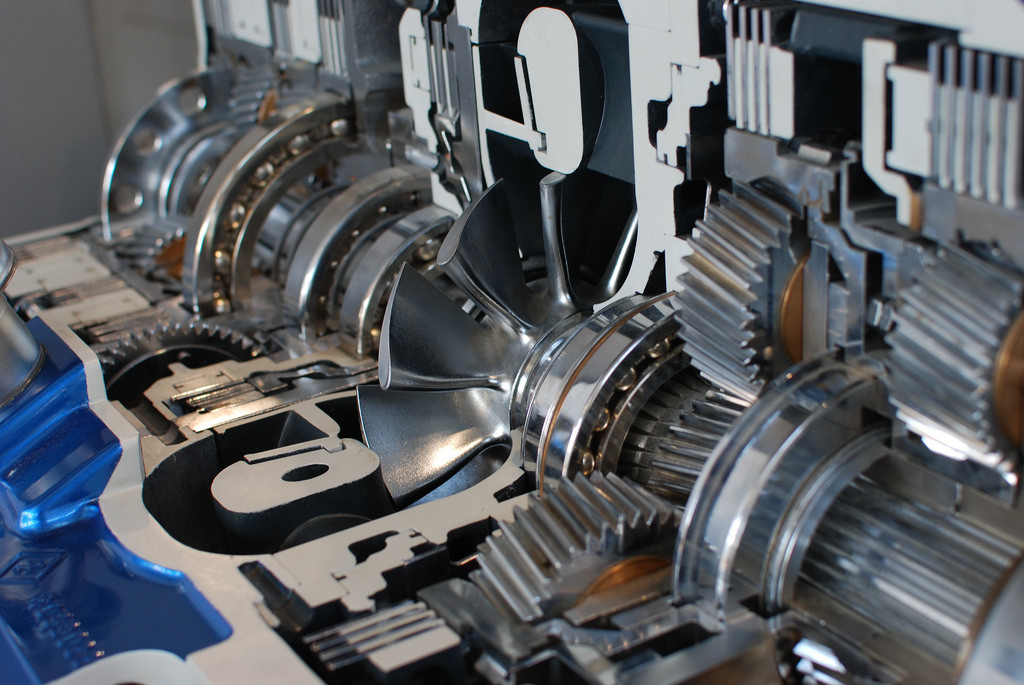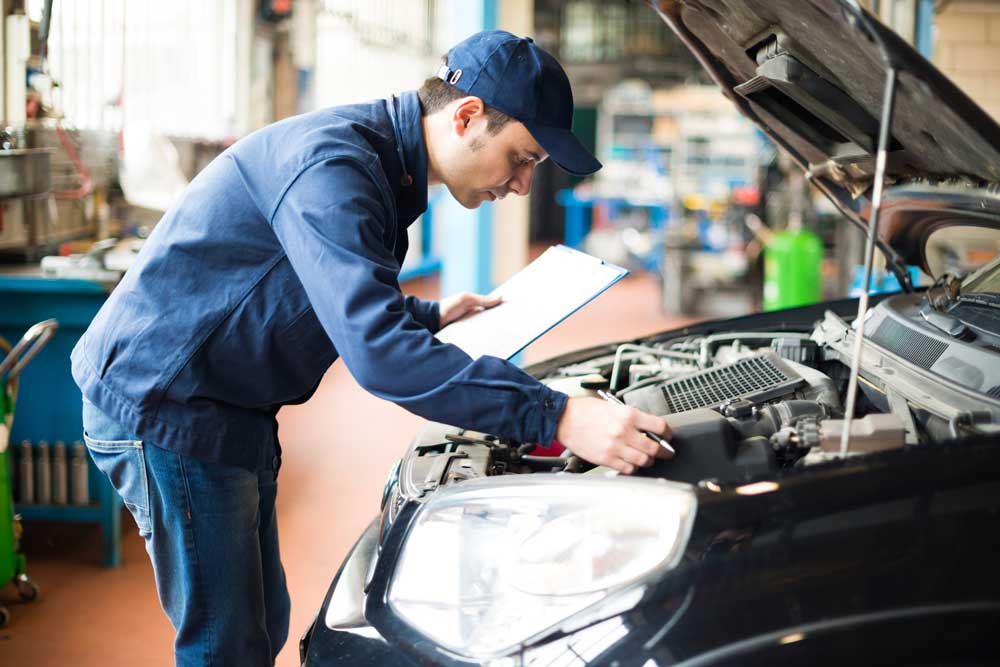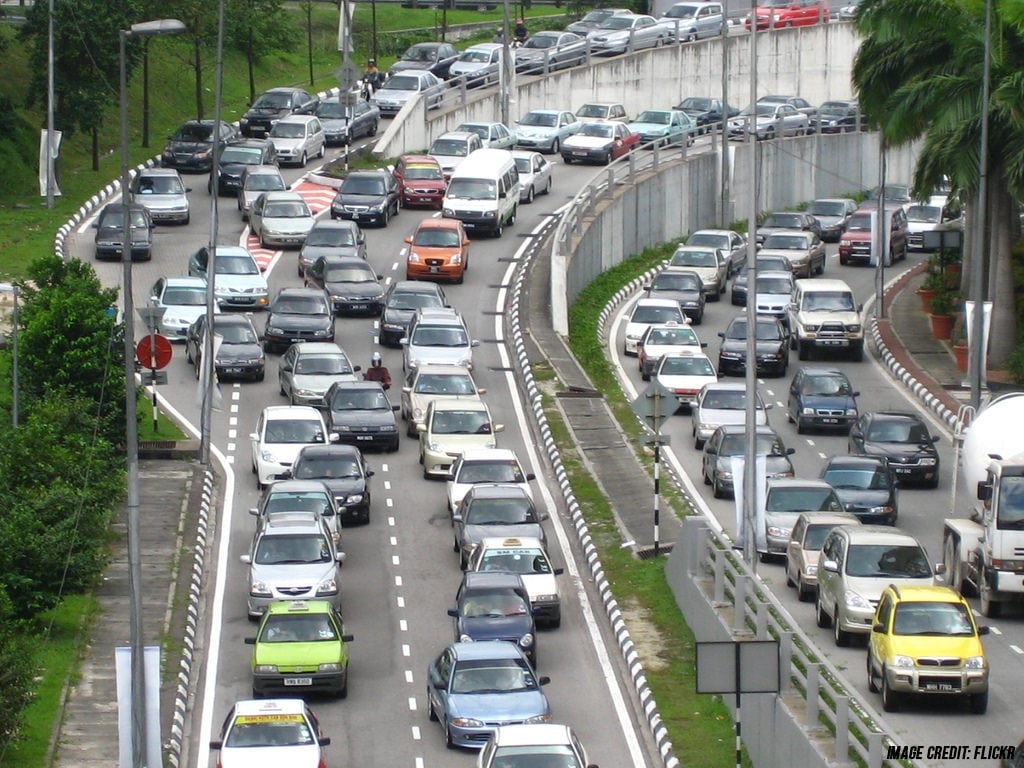Malaysians working in and out of the city know that the traffic congestion isn’t getting any better. But the truth is, with a public transportation system that fails to be punctual and reliable, getting to work through a vehicle of their own has become a necessity for blue and white collared workers daily.
Then again, looking for a vehicle isn’t easy, or cheap. With a decent vehicle costing almost RM 50,000 new, repayments and the works would entail even more cost in the long run. This is where purchasing a second-hand car comes into view.
Where do you begin, and how do you look for a good second-hand car? Here are FIVE tips that will help you in your search.

There are plenty of choices to go around and even more availability to suit anyone’s needs. Why should you buy a second-hand car? Depending on the situation, it could be the option that makes the most sense. For example, based on the model, a brand-new Japanese or continental car would have an average 20 or 30 per cent depreciation respectively per year. The details are as follows.
The Cost of New vs Used

Here, a 2-year-old Honda City or Toyota Vios which would originally cost about RM 92,000 brand new, would have a second-hand value of between RM 60,000 to RM 65,000, that translates to about RM 27,000 or more in savings.
Interest Rates

If you’re thinking about the interest rates, it’s true that it would be higher than a brand-new vehicle (3.6 to 4 per cent compared to 2.7 to 3.3 per cent). However, after you do the math, the savings are still substantial.
1) Check The Car’s Historical Details
 Credit: barnfinds.com
Credit: barnfinds.com
To start things off, you should ensure that the vehicle you’re getting is accident free, with a reasonably low mileage, is still under warranty, and has a record of service. This ensures the vehicle hasn’t been aged too quickly via high mileage and have been mechanically maintained well through service.
2) Check For Car’s Sound And Feel
 Credit: Flickr
Credit: Flickr
This is where it becomes tricky. Sounds to pay attention to include engine noise, absorbers when going over bumps, and the drive shaft when turning the steering wheel. But this also includes feel and experience as well. A car’s gearbox on speed change and jerks can be easily noticed, but certain parts require a trained eye and ear to identify faults in parts like the steering rack and radiator.
3) Estimate The Car’s Worth Based On Year, Condition And Price
Estimating the car’s worth is based on its condition and depreciation. Hence, it is good to do some research before heading out to check on one. If a car’s price sounds too good to be true, it probably is.
4) Buy From A Reputable Dealer
Not all dealerships and salesmen are honest. The one that has your best interests at heart should provide you some advice on the vehicle you’re interested in, which will best suit your needs, and is of good value.
5) Get A Trained Car Inspector
 Credit: aamcocolorado
Credit: aamcocolorado
Knowing a trained person who can search, see and notice the faults within a vehicle is valuable. If you can, get them to follow you during the inspection or meet up so that they can spot the flaws within the vehicle if present.
6) Bonus Tip: Cover Your Car!
After you have got everything in your checklist ticked, be sure to have a Complete and Comprehensive Car and Motor Insurance from Allianz. This protects your car against liabilities to other parties for injuries, accidental fire or theft of your car.
This article was produced in partnership with Allianz Malaysia.
